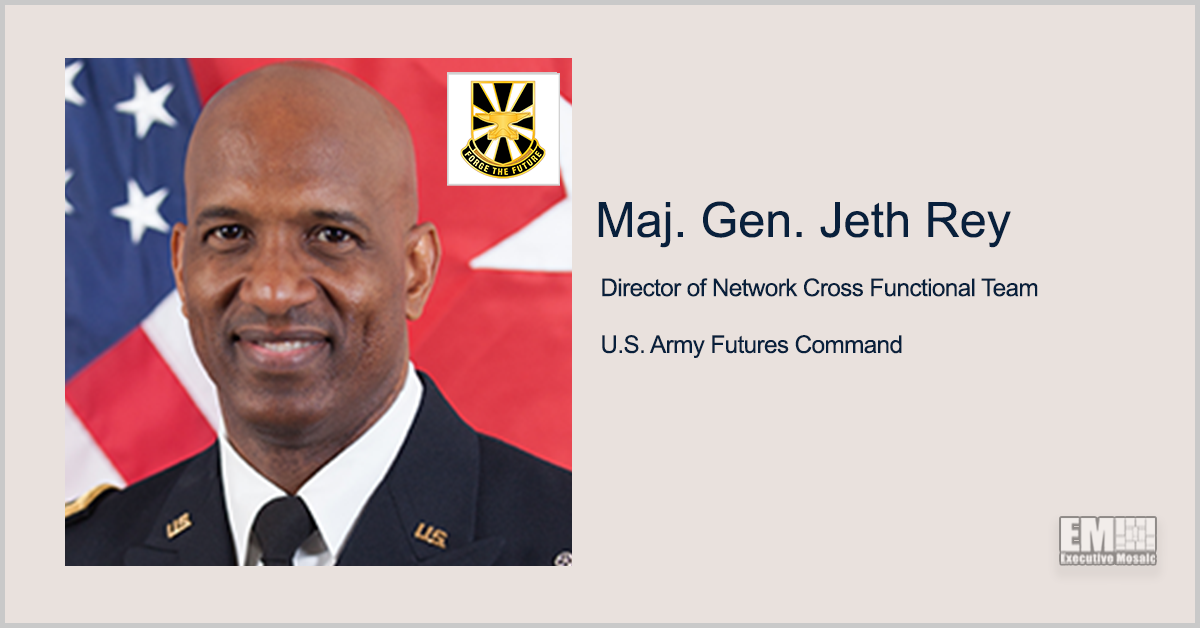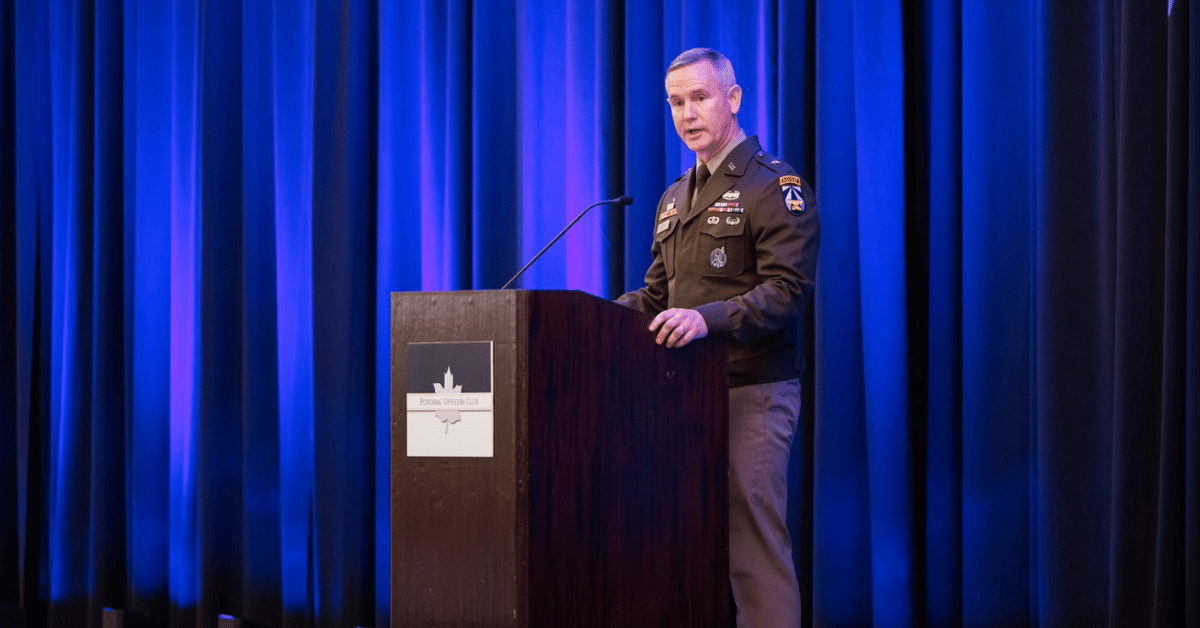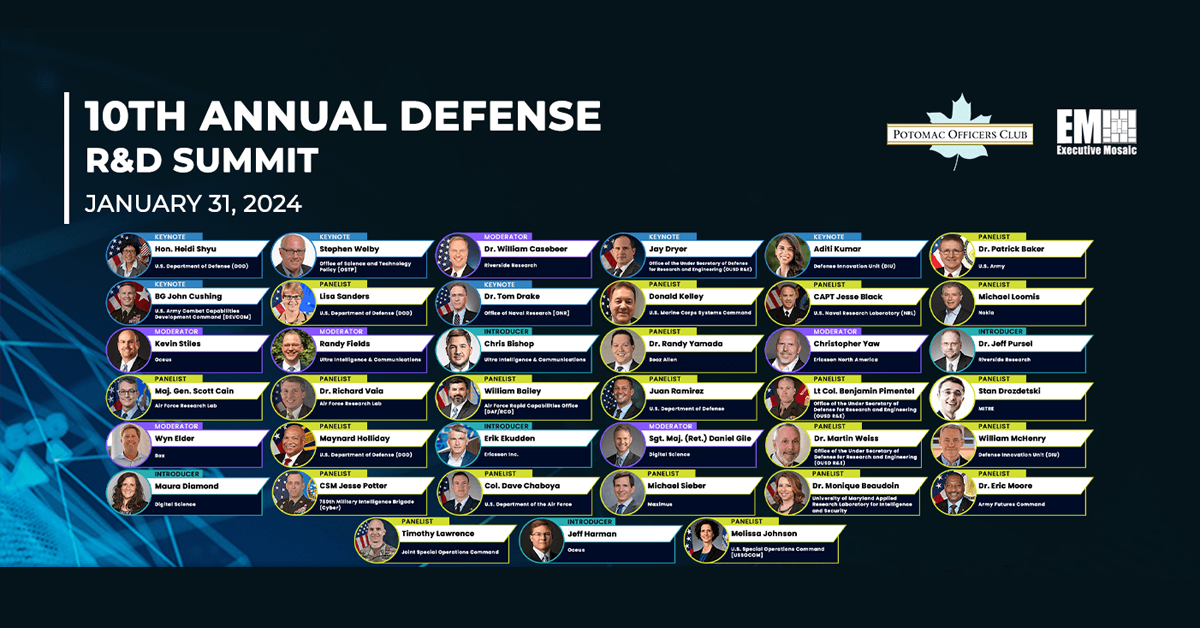The U.S. Army’s Capability Sets were introduced in 2021 in order to lay out a roadmap for maintaining a modern, technologically advanced service branch that will be prepared for any challenges adversaries could bring their way. The Capability Sets are mission protocols designed to be completed and phased out every two years. This effort began with a Capability Set for fiscal year 2021, which Maj. Gen. Jeth Rey, director of the Army Futures Command’s Network Cross Functional Team, reports the organization will have executed fully by the year’s close.
Rey shared that the Army has already modernized and issued network tools and devices to eight brigade combatant teams, six expeditionary signal battalions and two multi-domain units, as of a month ago.
“In FY22, more than 300 units will also receive modernized network enablement technologies, such as upgraded mission command systems, servers, mobile mission command upgrades, resilient Satcom equipment and modernized crypto systems,” Rey told a crowd at the Potomac Officers Club’s 7th Annual Army Summit Wednesday in McLean, Virginia.
True to his position and responsibilities spearheading integration of the Army’s network, Rey emphasized that network is the top priority for the service branch’s evolution. He described what it takes to institute unified network operations, or UNO, the ultimate goal of his efforts and of the Capability Sets.
The BG detailed how “UNO implementation requires interoperability and significant shift away from stove pipe and proprietary systems.” He additionally shed light on how a data fabric approach was identified due to its ability to “ingest the information that the sensors collect, translate that information, make sense of it and egress to our commanders to make informed decisions.”
A data fabric methodology will also enable Army objectives such as sensor-to-shooter automation and digitization as well as work toward a full-scale actualization of Joint All Domain Command and Control or JADC2. It functions by harnessing disparate data sources.
Furthermore, Rey underscored the importance of data access to today’s warfighter, assuring that the Army “understand[s]…that access to data at the point of need is a major priority for an operational force,” adding that this is demonstrated to the organization on a daily basis.
In leading the network aspect of the Project Convergence Army initiative, Rey said that he and his team at AFC are “working hard” to complete the mission of operating in a data-centric manner.
Tipping his hat to the many government contracting and private sector company representatives in the audience at the POC Army Summit, Rey acknowledged the importance of working with industry members in the uniting and alignment of the Army network. He stressed that collaborating with members of the science and technology communities, as well as industry members, is sure to “accelerate these technology transitions.”







